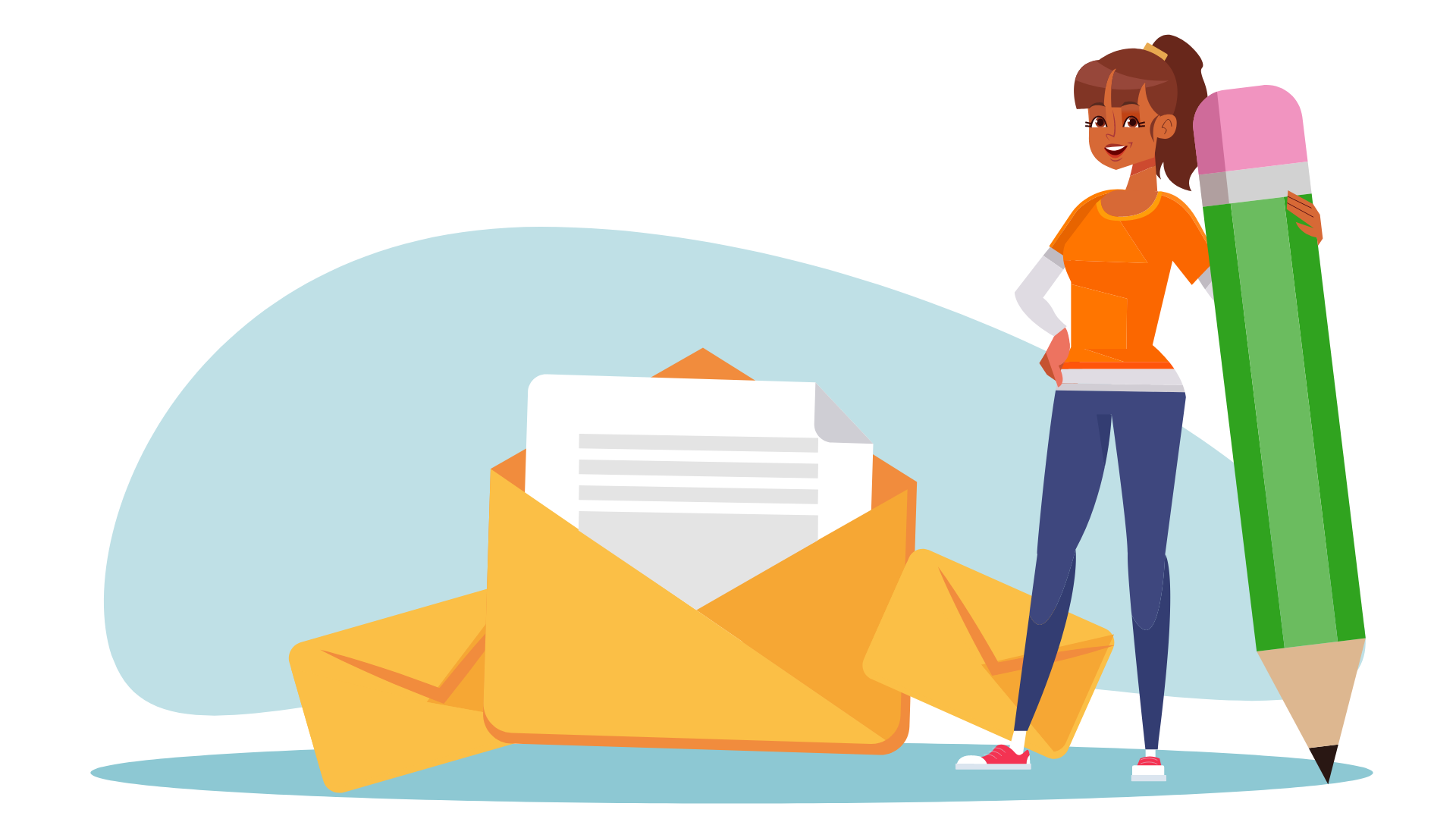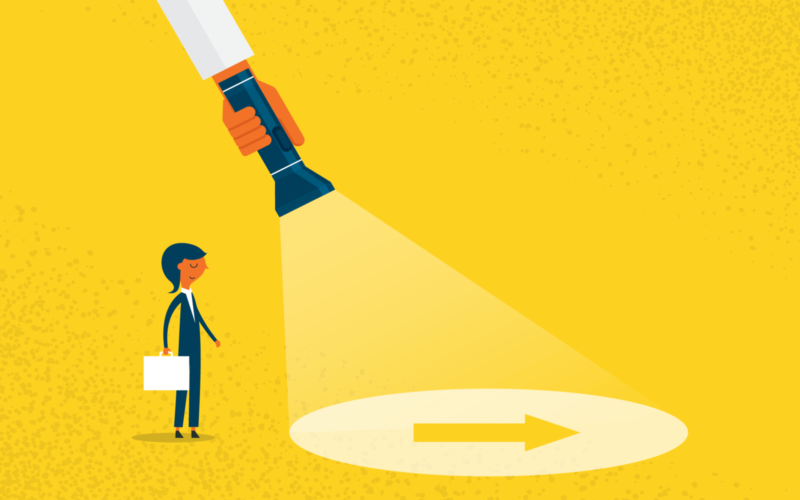Customers usually don’t decide to buy right after learning about your brand.
While it can happen occasionally, those quick purchases only make up a small part of your total sales. Most of the time, a customer goes through different steps, often called the “customer journey,” before they decide to make a purchase.
Today, we will talk about how email marketing helps move customers through different stages toward the final conversion. In the online world, turning interested folks into loyal customers is a game-changer for any business’s success. Let us go over that.
1. Grabbing Attention
Make emails that capture attention. Use catchy subject lines, personalized content, engaging visuals, and clear language. Address issues and show how your product solves problems.
Customers are just starting to realize they have a problem. Your goal is to be helpful, not salesy. Teach them about the problem in a friendly way. Mention your solutions, but focus on educating.
Imagine being in their shoes. Think about the questions they might have. Create content that answers these questions and helps them.
Produce articles, videos, or podcasts for free to attract people. Offer some content as a free PDF for those who join your email list.
Including augmented reality (AR) in emails could be useful. Imagine this: customers could virtually “try on” products or see how items look in their own space.
As more people use smart devices and virtual assistants, emails that respond to voice commands could become relevant and practical. Subscribers might leverage their voice to navigate or reply to emails.
Evidently, effective marketers should focus on short and visually attractive content that suits people on the go.

Real-Life Use Case:
Think about an online store. They send emails like “Winter Fashion Deals Inside” with pictures of warm fancy clothes. The emails talk about how their clothes keep you cozy and stylish in winter, asking people to join their newsletter as this is where they share the best stuff.
To enhance customer experience, the store also includes a friendly message in each email, inviting customers to reach out with any questions or concerns. This proactive approach assures customers that their inquiries will be addressed promptly and with care.
To elevate the experience further, the store incorporates AR elements. Customers might virtually “try on” the showcased winter fashion items through their devices, providing an interactive and personalized touch.
Moreover, the store mentions that, for added convenience, subscribers can use voice commands to navigate through the newsletter or even inquire about specific products.
By embracing AR and voice command features, the online store aims to make the shopping experience more immersive and user-friendly. And, of course, the invitation to reach out with any questions or concerns would still be there, ensuring that customers feel supported and cared for.
2. Building Interest
Once you’ve caught their attention, shift to building interest. Explore the benefits and features of your offering. Include customer testimonials, case studies, and exclusive content to build credibility and trust. Tailor emails to specific interests and preferences.
Now, focus on three things. First, show them why solving the problem is a good idea, making it clear that waiting could cause more trouble. Second, explain how a paid solution saves them time and money. Lastly, gently introduce your solutions without being too pushy – the heavier promotion happens later in the decision stage.
Your content should continue to answer the questions they care about.
3. Guiding the Decision
As your customer thinks about their decision, let your emails guide them. Use persuasive techniques like limited-time offers, exclusive discounts, or product demonstrations to sway their decision. Free samples, consultations, and trials are good. Create urgency and reinforce your product or service’s unique value. Address potential concerns with well-crafted content that boosts confidence in the decision-making process.

When Customers are Nearing a Purchase Decision:
- Clicking on Links: If they click on links leading to products or the checkout page, it signals potential readiness to buy.
- Abandoned Cart: If they add items to the cart but don’t complete the purchase, they are likely contemplating it. Sending reminders can assist.
- Repeated Interest: Persistent engagement with specific products or promotions indicates they are actively considering a purchase.
- Time on Product Pages: Spending more time on product pages suggests serious contemplation of a purchase.
- Response to Deals: Positive reactions to special offers or discounts suggest they may be prepared to make a purchase.
- Talking to Support: Inquiring about products, shipping, or returns suggests they are in the decision-making process. Providing helpful answers can encourage them to buy.
- Past Purchases: Reviewing their previous buying patterns aids in predicting when they might make another purchase.
4. Closing the Deal with Conversion
In the grand scheme, the final step is transforming our email efforts into transactions, or what we call “conversion.” Let’s make this step a breeze by infusing our calls-to-action with clarity and charm. We’re all about keeping it smooth with simple navigation, a design that feels like second nature, and elements that respond like your favorite co-worker.
And hey, after the purchase, let’s sprinkle some appreciation, leaving our customers with that warm, fuzzy feeling.
Looking ahead, picture this: our marketing magic includes advanced algorithms and AI, working like friendly colleagues to customize calls-to-action based on individual quirks, behaviors, and even real-time preferences. It’s like tailoring the conversation to each customer, increasing the chances of them saying “yes” to our offerings.
Our emails? They’re not just messages – they’re evolving into interactive hubs. Customers can window-shop and pick goodies directly within the email – making the whole conversion process a delightful stroll instead of a marathon.
Now, when it comes to post-purchase chit-chats, let’s not just stop at a simple thank-you. We’re highlighting sustainability efforts, sharing stories about eco-friendly packaging, carbon offset programs, and recycling initiatives. It’s all about aligning with what our customers genuinely care about.
But wait, there’s more! Our future emails go beyond the standard “thanks for buying.” We’re extending appreciation efforts, sending follow-up emails with heartfelt gratitude, exclusive discounts for their next shopping spree, or even a nudge to share their experiences on social media. It’s like catching up with an old friend.
And here’s the plot twist: Email marketing isn’t just a channel – it’s our main stage for crafting innovative loyalty programs. Think games, exclusive rewards, or stepping up the loyalty ladder. It’s about keeping our customers not just satisfied but excited, feeling like they’re part of a special marketing squad. After all, who said work can’t be a friendly consultation? Cheers to crafting the future of our marketing adventures!
If you’d like to gain a deeper understanding of how to incorporate email marketing into your specific business, feel free to reach out for a conversation. Let’s discuss how email marketing can work best for your unique needs.




